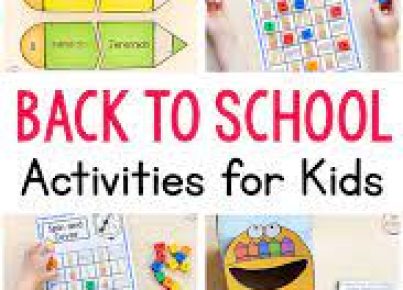Unit Introduction:
Understanding time is a critical skill that students need to master in their early school years. For third and fourth graders, learning to tell and manage time is not only a mathematical skill but also an important life skill. This unit on teaching time is designed to help grade 3-4 students develop a comprehensive understanding of time, how it’s measured, and how to read time in various formats.
Lesson 1: Introduction to Clocks & Telling Time
Objective:
– Students will be able to identify parts of an analog clock.
– Students will learn the hour and minute hands and how they represent time.
Activities:
– Start with a discussion about the importance of time. Why do we need to know what time it is?
– Use a large classroom clock to point out parts of the clock: face, numbers, hour hand, minute hand.
– Practice identifying the hour by looking at where the hour hand is pointing.
– Introduce minutes and practice counting by fives around the clock.
Homework:
– Worksheet on matching times with clock faces.
Lesson 2: Reading Analog Clocks
Objective:
– Students will practice telling time on analog clocks to the nearest five minutes.
Activities:
– Warm-up with a review of the previous lesson’s concepts.
– Introduce different times on various analog clocks and have students share the time displayed.
– Pair students up for a “Time Match” game where they match written times with clock faces.
Homework:
– Draw hands on blank clock faces to show specified times.
Lesson 3: Understanding A.M. and P.M.
Objective:
– Students will understand the difference between A.M. and P.M. times.
Activities:
– Discussion about daily activities – which are done in A.M., which are done in P.M.?
– Provide scenarios and ask students whether these would happen in A.M./P.M.
Homework:
– Students write out their daily schedule indicating A.M. or P.M.
Lesson 4: Introduction to Digital Clocks
Objective:
– Students will be able to read time from digital clocks.
Activities:
– Compare analog and digital clocks – discuss similarities and differences.
– Practice converting times from analog to digital format with class participation.
Homework:
– A worksheet on writing analog times in digital form and vice versa.
Lesson 5: Time Management & Timelines
Objective:
– Teach students how managing their time is important for daily activities.
Activities:
– Discuss why time management is important – relate it to school tasks like completing homework on time.
Homework:
None.
Unit Assessment:
At the end of this unit, administer an assessment that includes reading both analog and digital clocks, converting between different formats, understanding A.M./P.M., creating simple timelines, and demonstrating basic time management skills. This should ensure that students have a well-rounded understanding of all aspects taught throughout this unit.





